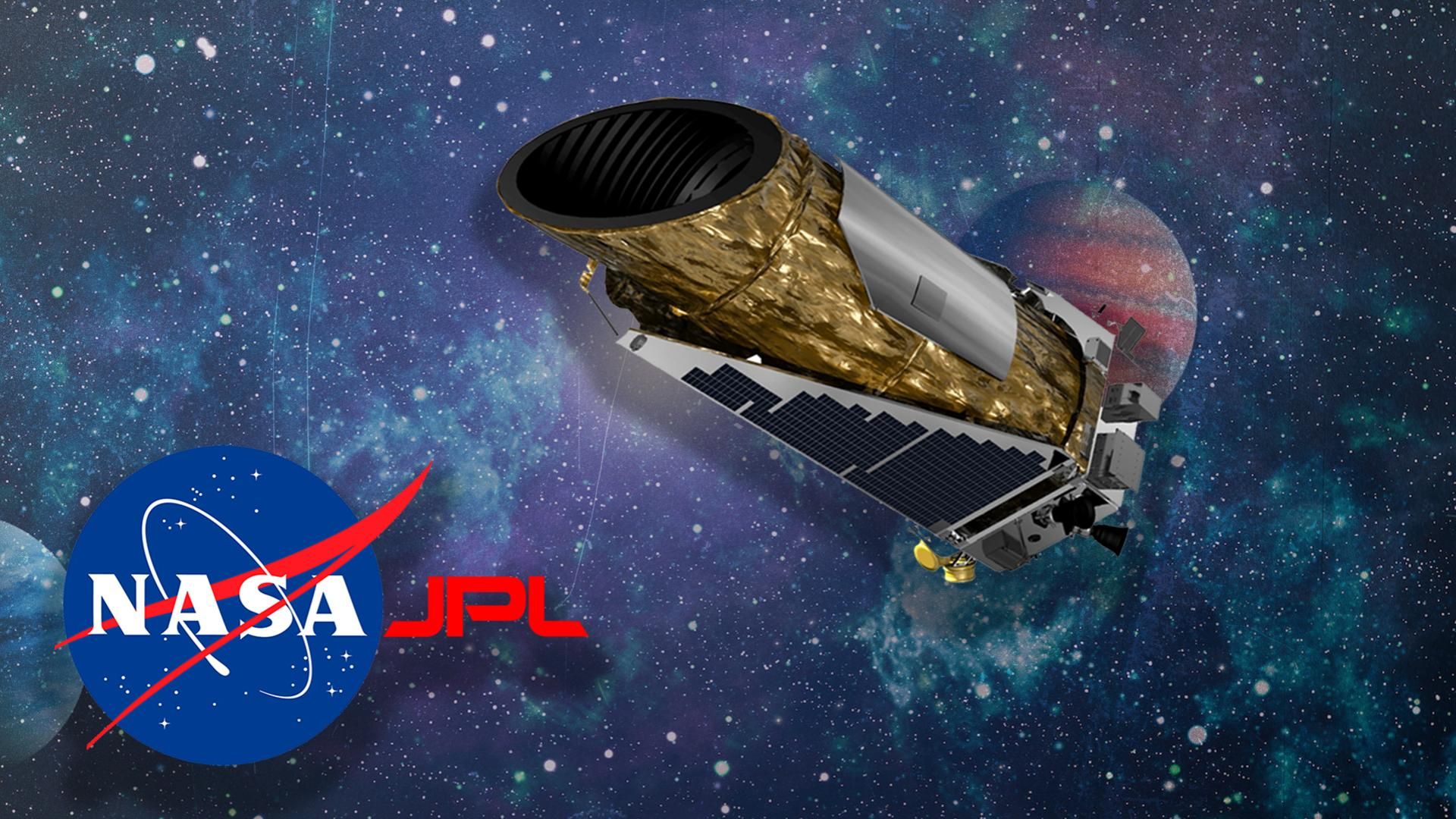NASA Teams Up With Major Alien Hunting Group As They Up the Search For Extraterrestrials
Article by Sean Martin October 23, 2019 (express.co.uk)
• On October 23rd at the 70th annual International Astronautical Congress in Washington, DC, the SETI initiative known as ‘Breakthrough Listen’ announced that it is partnering with NASA to use its Transiting Exoplanet Survey Satellite (TESS) to search for exoplanets in the galaxy. Executive Director of the Breakthrough Initiatives Dr Pete Worden said, “It’s exciting that the world’s most powerful SETI search, with our partner facilities across the globe, will be collaborating with the TESS team and our most capable planet-hunting machine.” “We’re looking forward to working together as we try to answer one of the most profound questions about our place in the Universe: Are we alone?”
• Using an array of wide-field cameras to survey 85 percent of the sky, the TESS space satellite identifies telltale brightness dips that indicate planets crossing in front of its star to allow it to study the mass, size, density and orbit of small planets, including rocky planets in the habitable zones of their host stars. Using this data, TESS scientists will be able to determine which distant planets that the Breakthrough Listen team should focus on in the search for extraterrestrial intelligence. Says TESS Deputy Science Director Sara Seager, “Out of all the exoplanet endeavours only SETI holds the promise for identifying signs of intelligent life.”
• The technique for finding exoplanets by identifying dips in luminosity of a star allowed the Kepler space telescope to discover Boyajian’s Star in 2015 by the online astronomers known as ‘Planet Hunters’. Astronomers speculated that this dip in luminosity might be due to an artificial ‘megastructure’ or ‘Dyson Sphere’ partially constructed around the star to harbor its energy. But Dr Andrew Siemion, leader of the Breakthrough Listen science team at the University of California, now says that “dust particles in orbit around the star are responsible for the dimming”.
• [Editor’s Note] The top tier leadership of both SETI – the Search for Extraterrestrial Intelligence, and NASA know that we have a secret space program that interacts with a variety of extraterrestrial beings and civilizations within our own solar system and throughout the galaxy. This ‘partnership’ between them is just a show to make people believe that astronomers and scientists are hard at work searching for alien civilizations on distant exoplanets, but despite their best efforts they have not found any. The reason is because both SETI and NASA exist to do the bidding of the uber-elite and their attack dog, the Deep State, who want to maintain its 70-year history of covering up the extraterrestrial presence and hiding the truth from the rest of the people on this planet.
Breakthrough Listen, an organisation which scans the stars in the hope of finding alien signals, has announced it will be

teaming up with NASA in the hunt for aliens. Making the announcement at the International Astronautical Congress in Washington, DC, Breakthrough Listen bosses said they will collaborate with scientists on NASA’s Transiting Exoplanet Survey Satellite (TESS) – which looks for planets outside the solar system. Together, the teams hope to answer the age-old question: Are we alone?

By analysing data from TESS scientists will be able to determine which distant planets they should focus on in the search for extraterrestrial intelligence (SETI).
The space telescope uses an array of wide-field cameras to perform a survey of 85 percent of the sky.
TESS is capable of studying the mass, size, density and orbit of a large cohort of small planets, including a sample of rocky planets in the habitable zones of their host stars.
The satellite works by searching for telltale brightness dips potentially indicating planetary “transits” — the passages of orbiting worlds across their parent stars’ faces.

Dr Pete Worden, Executive Director of the Breakthrough Initiatives, said: “It’s exciting that the world’s most powerful SETI search, with our partner facilities across the globe, will be collaborating with the TESS team and our most capable planet-hunting machine.
“We’re looking forward to working together as we try to answer one of the most profound questions about our place in the Universe: Are we alone?”
FAIR USE NOTICE: This page contains copyrighted material the use of which has not been specifically authorized by the copyright owner. ExoNews.org distributes this material for the purpose of news reporting, educational research, comment and criticism, constituting Fair Use under 17 U.S.C § 107. Please contact the Editor at ExoNews with any copyright issue.


 This time however, Kepler detected the signal of a supposed vast artificial structure orbiting a star only 1,500 light years away from Earth.
This time however, Kepler detected the signal of a supposed vast artificial structure orbiting a star only 1,500 light years away from Earth.

